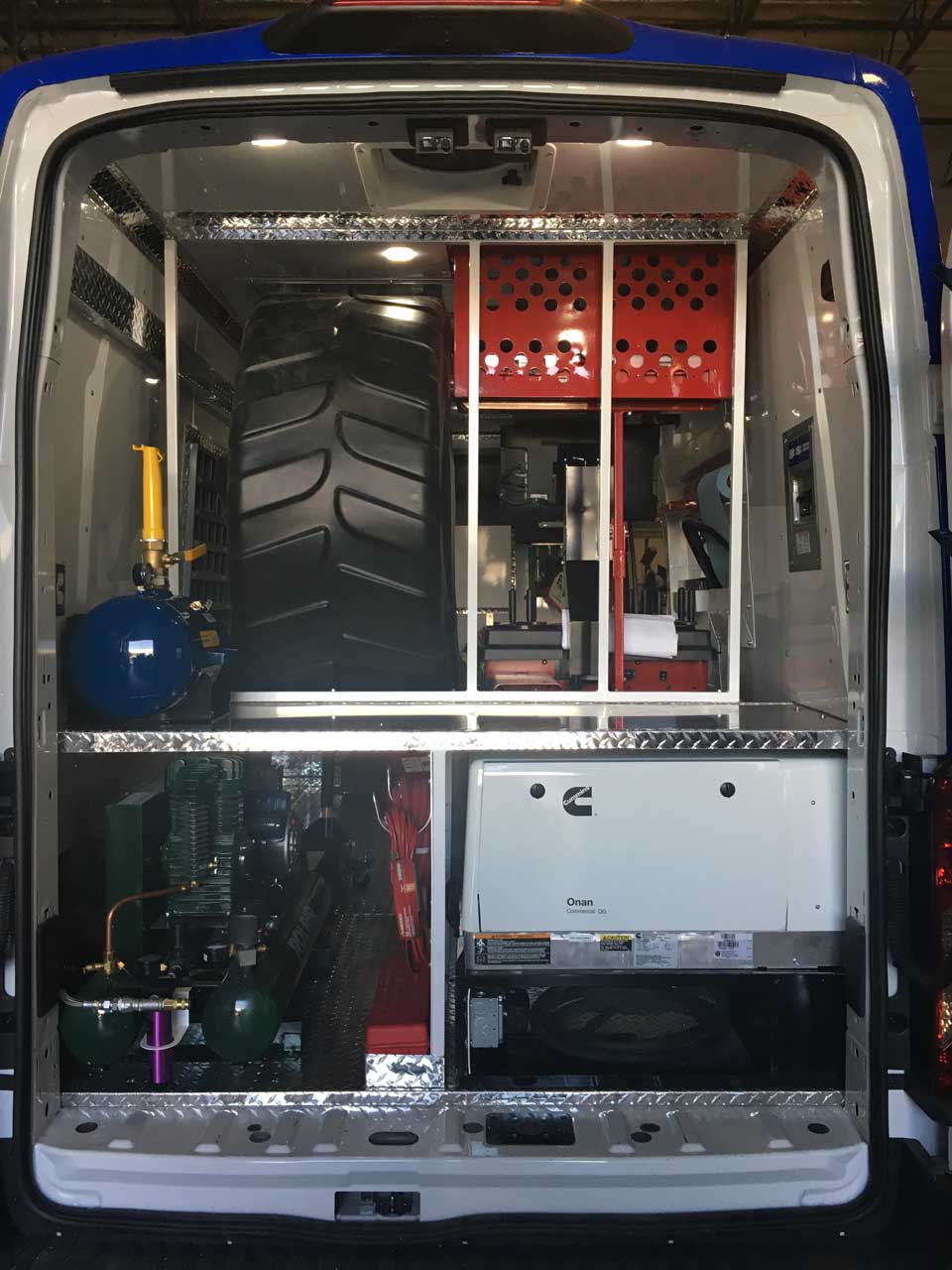Quick Reaction Mobile Tire Change Service in Las Vegas
Quick Reaction Mobile Tire Change Service in Las Vegas
Blog Article
Tire Solution: Proven Techniques for Optimum Tire Upkeep and Care
From ensuring proper tire stress to regular rotation and placement, there are proven techniques that can significantly prolong the life expectancy of your tires and boost overall driving experience. Let's dig right into the world of tire service and find the keys to keeping your tires in excellent shape for the lengthy haul - Mobile Tire Service Las Vegas.
Relevance of Tire Pressure
Appropriate tire pressure is a vital consider ensuring ideal lorry performance and security when traveling. Maintaining the recommended tire pressure degrees provided by the supplier supplies countless benefits. Adequate tire stress advertises much better fuel efficiency, as under-inflated tires can lead to raised rolling resistance, creating the engine to function more difficult and consume even more gas. Appropriate tire pressure guarantees even step wear, boosting tire durability and saving money in the long run by delaying the demand for premature replacements. Furthermore, appropriately pumped up tires contribute to enhanced handling and braking capabilities, important for safe driving in different roadway problems. Over-inflated tires, on the various other hand, can lead to reduced grip and a harsher trip. Alternatively, under-inflated tires are susceptible to getting too hot, which can cause blowouts and mishaps. Routinely readjusting and checking tire stress, especially soon trips, is a simple yet efficient means to enhance lorry performance, expand tire lifespan, and prioritize safety and security on the road.
Tire Rotation Guidelines
When taking into consideration tire turning standards, it is vital to comprehend the relevance of this upkeep job in taking full advantage of tire life-span and maintaining optimal car efficiency. Tire turning entails altering the setting of each tire on a lorry to make certain also step wear. Front tires tend to wear a lot more swiftly than back tires as a result of guiding forces, making normal rotation vital for balanced wear patterns. The recommended turning pattern varies depending upon whether an automobile is front-wheel, rear-wheel, all-wheel, or four-wheel drive. Typically, tires should be turned every 5,000 to 7,500 miles, or as suggested in the car handbook. Overlooking tire rotation can cause irregular wear, impacting handling, grip, and potentially compromising automobile security. By adhering to proper turning standards, drivers can expand the life of their tires, improve fuel effectiveness, and enhance overall driving experience. Normal rotation is a simple yet reliable upkeep practice that adds substantially to tire longevity and lorry performance.

Benefits of Wheel Positioning
Making certain correct wheel positioning after tire turning is important for preserving balanced wear patterns and taking full advantage of car performance. Additionally, correct wheel placement aids to prolong the life expectancy of your tires. Misaligned wheels can trigger uneven tire wear, leading to premature tire substitute and boosted maintenance costs.

Tire Tread Depth Check
Carrying out a regular assessment of tire walk depth is vital for keeping risk-free driving conditions and prolonging the lifespan of your tires. The tread on your tires plays a visit site crucial function in supplying grip, especially in slippery or wet conditions. To inspect your tire walk deepness, you can make use of a step deepness scale or the dime examination. The recommended walk depth is at least 2/32 of an inch. It is time to replace your tires to make sure optimum efficiency and safety and security on the roadway if the walk depth is below this threshold. Uneven tread wear can show concerns with tire positioning, suspension, or pressure, highlighting the significance of regular tread deepness checks. Ignoring to keep an eye on and maintain appropriate walk depth can lead to lowered grasp, longer braking distances, and a raised threat of hydroplaning. By integrating tire tread deepness explore your routine maintenance schedule, you can drive with self-confidence understanding that your tires are in leading problem.
Seasonal Tire Assessment
A comprehensive evaluation of tire problem tailored to details weather is essential for keeping optimal performance and safety and security throughout the year. Seasonal tire evaluation is a basic aspect of tire upkeep that makes certain tires are prepared to encounter the challenges presented by various weather conditions. In prep work for winter, it is important to inspect the tire stress on a regular basis as cold temperatures can trigger tire stress to go down. Inspecting tire tread depth is likewise essential to ensure sufficient traction on snow and frozen roadways. Additionally, checking for indications of deterioration, such as lumps or splits, can aid prevent potential tire failures. As the seasons modification, it is essential to examine tire her comment is here problem and make any kind of essential adjustments to guarantee safe driving. By conducting routine seasonal tire evaluations, chauffeurs can extend tire life expectancy, improve fuel efficiency, and most importantly, guarantee a safe driving experience in differing weather condition conditions - Flat Tire Repair Las Vegas.
Verdict
Finally, maintaining appropriate tire pressure, rotating tires routinely, straightening wheels properly, keeping an eye on tread deepness, and conducting seasonal examinations are vital practices for ideal tire care. By adhering to these proven approaches, chauffeurs can guarantee their tires last much longer, perform much better, and add to general lorry safety. It is necessary to prioritize tire maintenance to stop mishaps, boost fuel effectiveness, and lengthen the life expectancy of tires.
Adequate tire pressure advertises far better fuel effectiveness, as under-inflated tires can lead to raised rolling useful link resistance, causing the engine to work more challenging and eat more fuel.When thinking about tire turning guidelines, it is vital to recognize the importance of this maintenance task in making the most of tire life expectancy and preserving optimum vehicle performance. Seasonal tire evaluation is an essential facet of tire upkeep that makes certain tires are ready to face the difficulties presented by various climate problems. By performing regular seasonal tire inspections, chauffeurs can prolong tire life expectancy, improve fuel effectiveness, and most significantly, make sure a safe and secure driving experience in differing climate problems.
In verdict, keeping correct tire stress, turning tires consistently, straightening wheels appropriately, checking step depth, and carrying out seasonal evaluations are necessary methods for ideal tire care.
Report this page